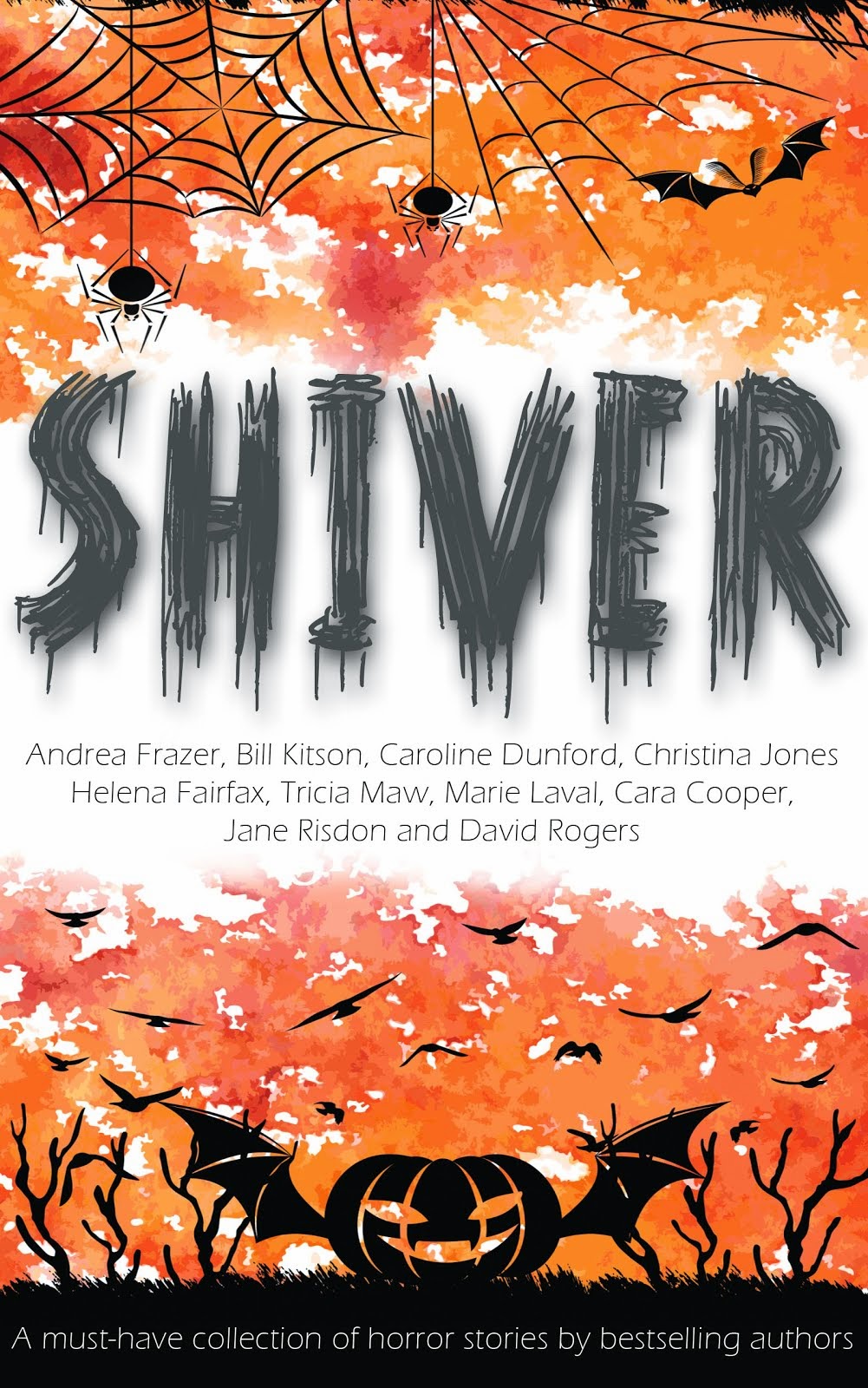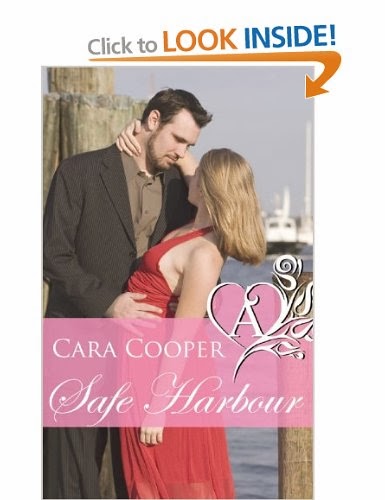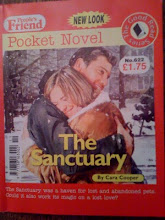Wednesday 1 May 2013
Writing a Magazine Serial Part 4
This week I have decided to tackle pace and story arc in relation to writing a serial for women's magazines. Obviously, the story and the characters dictate both. However, for a serial to be compelling enough for readers to invest in it for a number of weeks, you need significant 'hooks' to keep the reader coming back. I can hear other writers thinking, dopey woman, we always need hooks, so what's different with a serial? This is true but of course with a novel or novella, the writer very much dictates exactly where the hooks go in and how major they are. The author largely orchestrates the ebb and flow of their tale. They might start with a very slow burn and work up to a crescendo. Or they might crash into the story with a scene at the start which smacks the reader between the eyes. It is true, when writing a novel, that one's editor may point out that a certain part of the book has gone a bit slack (it's not only in your pie baking that you can get a soggy middle) and they might ask you to up the action at certain points. However, when you craft a novel (as opposed to a serial), the ups and downs largely happen when you dictate them because the novel stands up very much as a whole. Also, when the reader reads it, they are the ones who decide how much they take in at any one sitting and whether they roll over and switch off the light after one chapter or whether they read into the small hours because your book is so compelling they can't put it down.
It is somewhat different with a weekly serial because even if the reader wanted to read the next three instalments they can't! Doing an 8 part serial, the length was around 5000+ words for each instalment. That is more than enough for each instalment to stand alone almost like a short story does. However, it also has to carry forward the central plotline whether that is a romance or a crime, a mystery or whatever. My over-arching plotline was a romance. That element of the plot was simple in that it began in instalment one and it ended in instalment 8. Along the way though there were many other plotlines which sometimes began and ended in one instalment but by and large would start in one instalment, carry over two or three (not necessarily consecutive instalments) and be wound up at whatever point seemed right. The thing is, if you're winding up plotlines say in instalment three or four you also MUST introduce new ones which can run over a few more issues of the magazine to keep the momentum going. As a fly-by-the-seat of your pants writer, who hates to plan, that was a tall order for me. However, without the necessity of doing a synopsis because that's what the editors demand, I think I could have come very unstuck. I had a major wobbly around instalment 6 where a number of side plots involving minor characters had come and gone. I simply could not think of another smallish plotline which was interesting enough to make readers buy the magazine the following week, but which was simple enough that I could easily resolve it by the end of instalment 8. Luckily, one of the older characters came to my rescue. She had been very much in the background, a character who had an identity only because other characters talked about her. It was time for Nana to step centre stage and I put her in a plot which involved her being unable to recover from a serious illness because of a wrong she had done many years before. Introducing this gave me an opportunity for readers to see her dilemma and wonder how she would resolve her guilt and make everything okay. That plot I used to keep readers 'on the boil' until the last two instalments when the major two plots of the serial - the romance and a crime - came together and the ends were all neatly tied up.
One of the key things in a magazine serial is the cliffhanger ending for each instalment. There were occasions when I fought with this. But once into the mode of writing serials I found that the cliffhanger ending would become obvious as I started to write, in other words as I started to structure the instalment I could 'spot' opportunities for the cliffhanger. The most important thing is that this doesn't have to be over dramatic. It doesn't have to be someone mangled in a car accident, or a revelation about a secret baby etc. A cliffhanger ending only needs to be enough to make someone curious enough to buy next week's magazine. So, although I did have some dramatic ones, I also had some more low key ones eg where a character had made a discovery and was scared stiff of telling someone else knowing the impact it would have upon them. It's worth, when considering writing a serial to study ongoing ones in magazines and making a note of the sort of cliffhangers they choose to give you an idea of how other writers handle this very important aspect of serial writing.
One of the best examples of this being done skillfully apart from in magazines is, to my mind, in a soap opera or a series such as Downton Abbey. With Downton, the inheritance was a major plotline which ran all the way through. Other plotlines such as romances between various characters, the imprisonment of characters, births, deaths and marriages came and went. Some plotlines taking up just one episode, others running for two or three or more. It would be a useful exercise, if one was setting out to write a serial to take perhaps the first series of Downton and make a note of the plotlines, what they were, when they started, and how long they lasted. You could do a lot worse than look at that to see how a serial could be plotted with enough action to keep people interested but without so much it became confusing. Add interesting characters and voila, you'd have the skeleton to give you an idea of how the pattern of a compelling serial is arrived at. That ends my series of posts on writing serials. I hope you've enjoyed it and will find it useful in writing your own.
Subscribe to:
Posts (Atom)













